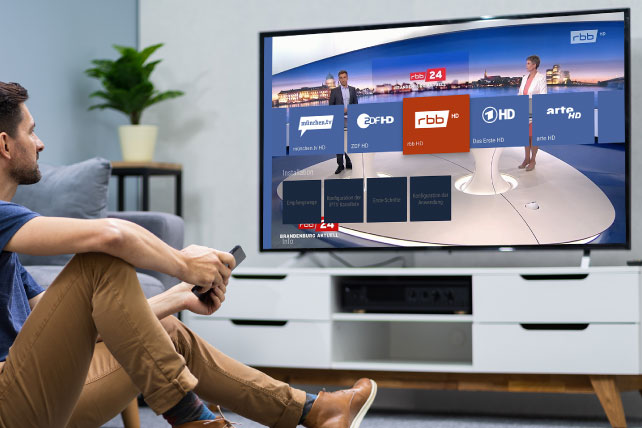Cable TV and digital TV are often confused with each other by television viewers. These seemingly interchangeable terms are different in reality. It is important to understand the differences in the watching experience, picture quality, region of coverage, and other aspects to make the best choice.
Once you know what option is best for you, you can go on to choose a provider. For example, cable fans can check out spectrum streaming tv plans or some other cable networks. Similarly, others can opt for a digital TV provider operating in their area. Dive into this blog to develop an understanding of both types along with other aspects:
What Is Cable TV?
Before getting into the differences between both types of broadcasting, it is important to develop a basic understanding of both. Cable television is a broadcasting technology that uses UHF and VHF bands for delivering programming to the audience through coaxial cables. Another name for cable TV is CATV, aka community antenna television. In regions with poor signal reception for over-the-air signals, large antennas are installed. Coaxial cables from these antennas then deliver broadcast signals to the television sets of subscribers.
Consumers can simply plug the coaxial cables into their television sets and enjoy. Cable TV uses analog or digital signals for cable transmission. Analog signals are more affected by interference and cause white noise or blurry images. Digital signals, on the other hand, deliver content in better quality because it is a new technology.
What Is Digital Television?
As the name suggests, this type of television broadcast leverages more stable digital signals. Digital TV uses over-the-air signals for broadcasting content. Consumers can enjoy clear and perfect picture quality. Both the sound and video are excellent in most cases. According to many, digital television was one of the biggest innovations in the television industry since the inception of colored television.
Instead of leveraging the long cable networks, one can easily hook up their television with an antenna to receive over-the-air signals. These antennas or cable boxes are usually provided by a service provider for a fee. A few channels may be accessible for free based on one’s location and signal reception in your region.
Differences Between Cable TV and Digital TV
The following are the major differences between cable and digital TV:
Signal
One big difference between cable TV and digital TV is the type of signals. Cable TV signals are received by the community antenna and then delivered to the homes of subscribers via coax cables. And these signals are either analog or digital.
In contrast, digital TV uses encoded digital signals for broadcasting the programming. These digital signals are in the form of electric pulses with 1s and 0s that are then decoded at a receiving television.
Medium of Transmission
Cable TV signals travel via coaxial cables. Regardless of whether the type of signal is analog or digital, the medium stays the same. You must plug the coaxial cable into the television to enjoy your desired programming.
The medium of transmission could be either cable or antenna. It depends on how your service provider is offering the service.
Quality of Signal
The quality of the signal is another area one should consider when opting for a connection. The image and sound quality on cable TV can perish over long distances. Consumers may see more white noise when they are farther away from the provider. Many providers often leverage signal boosters to provide better-quality images and sound at longer distances.
Digital signals can travel longer distances without distortion. However, they are not prone to it either. Different factors like buildings, trees, and structures in the way of signals can have an impact. Distance and weather conditions can also take a toll on signal quality. Therefore, digital TV is more successful in rural areas.
Consistency
The consistency of service mostly depends on the area and the provider more than the type of signals. Where digital signals are better at traveling long distances and offering crisper images, a poor network will make the service inconsistent. For those with a dependable provider, digital TV will be a more consistent one.
Cable TV does not get impacted as much by weather and other conditions. But snow or rainfall can impact the consistency of reception. Like digital TV, your cable TV consistency also depends significantly on your provider.
Conclusion
Cable and digital TV are different when it comes to the quality, technology, mediums of transmission, your region, provider, and more. Consider all the differences and the available options to choose the best option for your television.


